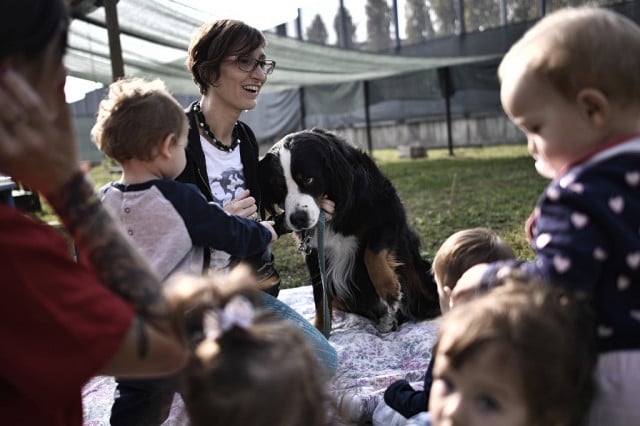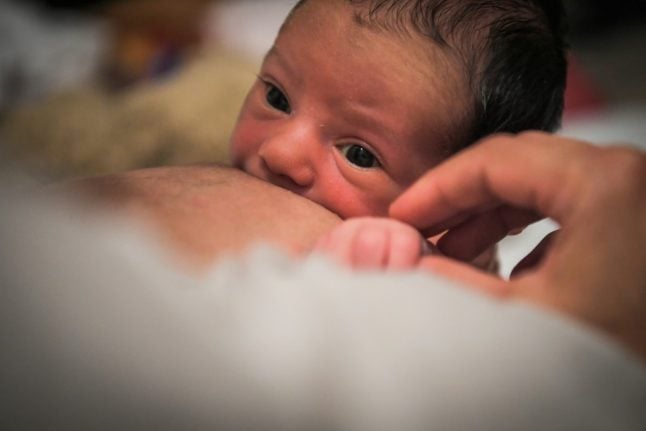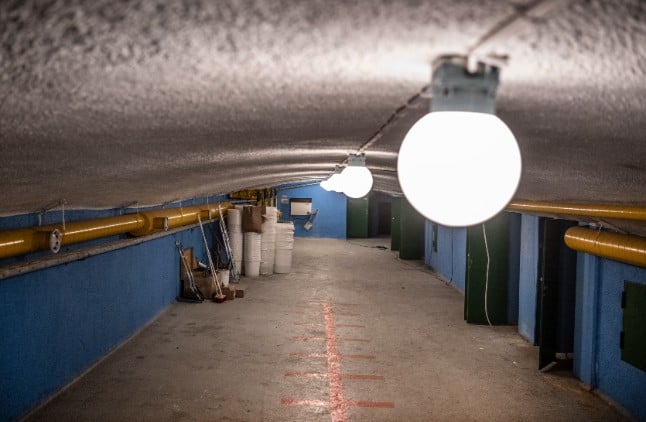Some 464,000 births were registered in Italy in 2018 – the lowest on record, ever.
With around eight births per 1,000 inhabitants, Italy's birth rate is getting alarming low, according to Francesco Scalone, a demographer at the University of Bologna.
“If Italians don’t start having more babies, you have to wonder what Italy will look like in the next few decades,” Scalone says.
READ MORE:
- What does a plummeting birth rate mean for Italy's future?
- Italy hopes 'land-for-children' idea will increase birth rate
Declining fertility rates, combined with longer life expectancy, has left Italy with a significantly older population. Its median age is now 45.9 years compared to the EU’s median of 42.8, higher than any other European country except Germany.
Faced with this demographic crisis, Italy’s government has chosen to focus on what it can do to curb its shrinking and ageing population.
More paternity leave after birth
Italy isn’t exactly at the forefront of paternity leave in Europe.
Fully paid leave for new fathers was only introduced in 2012 and set at five days.
This puts Italy at the bottom of the EU table together with Malta and Holland (two days) and far behind Germany and Scandinavian countries offering new dads weeks if not months of paternity leave.
Italy’s Minister for Families Elena Bonetti wants to extend paternity leave to seven days in 2020, not exactly a figure that will encourage Italians to have offspring and one that still falls behind the 10-day minimum the EU is trying to get member countries to abide by.
It’s not due to a lack of will that Italy’s government appears to be offering so little but the burden of paternity leave on state coffers, every extra day of leave costing €10 million, meaning they’ll have to allocate €70 million to the measure by 2020.
More money for nursery fees
Italian parents will receive up to three times as much money for each child under three to cover their nursery or babysitter fees- up from the current €1,000 to €3,000 per year– although this will be dependant on the applicants’ income.
Average nursery fees in Italy are about €500 a month but in big cities this figure can rise to €700.
The “bonus nido” (crèche or nursery bonus) will be divided into three income-dependant bracket – €1,500, €2,500 and €3,000 – and there’s a mention in the draft law of pushing the maximum amount up even higher.

Even more money during the baby’s first year of life
Here’s an extra social grant that mothers who give birth in 2020 can look forward to.
The “universal birth rate” fee will again be dependant on the parents’ income and divided into three brackets: €80, €120 or €160 a month per child under the age of one. Self-employed parents can also benefit from this social grant.
More financial aid during childhood and young adulthood
Italy’s Democratic Party has proposed that from 2021 a “children cheque” of €240 a month is given to parents for each of their children under the age of 18 and €80 for dependent young adult offspring under the age of 26.
This would be available to all families whose yearly income is under €100,000.
For this to happen Italy’s government would have to allocate €9 billion, a good portion of which would be taken from other family allowance funds.
Does giving money to couples increase the birth rate?
The northern region of Bolzano has a considerably higher average rate of children per couple than the rest of Italy – 1.67 compared to 1.3 – a figure that’s higher even than the EU average of 1.6.
Bolzano, which enjoys more autonomy than other regions of Italy when it comes to setting policies, has in recent years been offering double as much money in child benefits to its population to encourage them to have children.
There are also special subsidies for Bolzano parents with low incomes and easier access to family-friendly services such as childcare (in the rest of Italy there are only enough nursery spots for one in every four newborns).
Another policy which is incentivising couples to have children is women’s labour market participation and inclusion.
Up to 73 percent of women in Bolzano aged 20 to 64 work, compared to 53 percent in the rest of Italy.
Employers in the South Tyrol region offer far more flexible working hours and arrangements that help to combine motherhood and career advancement.




 Please whitelist us to continue reading.
Please whitelist us to continue reading.
Member comments